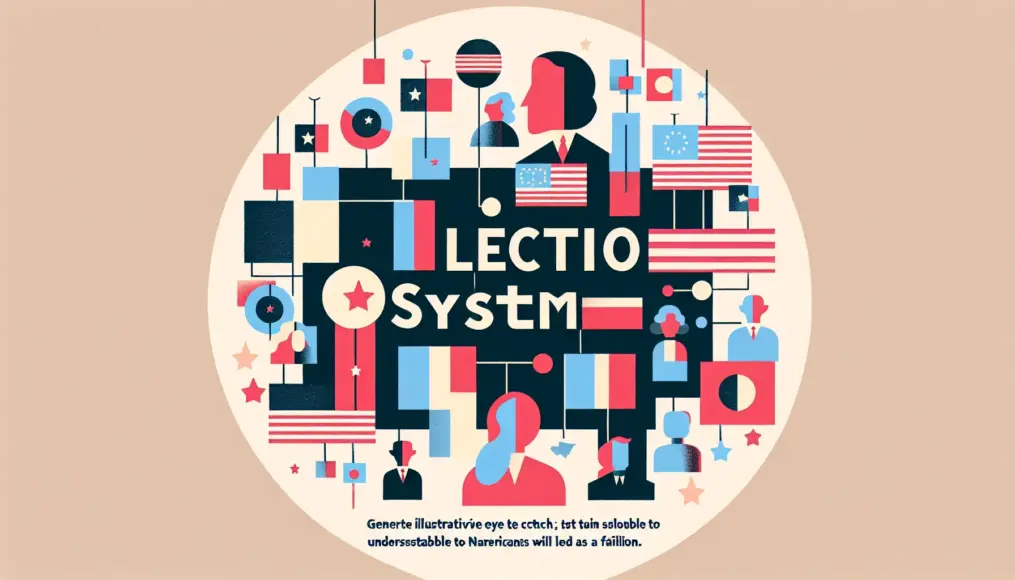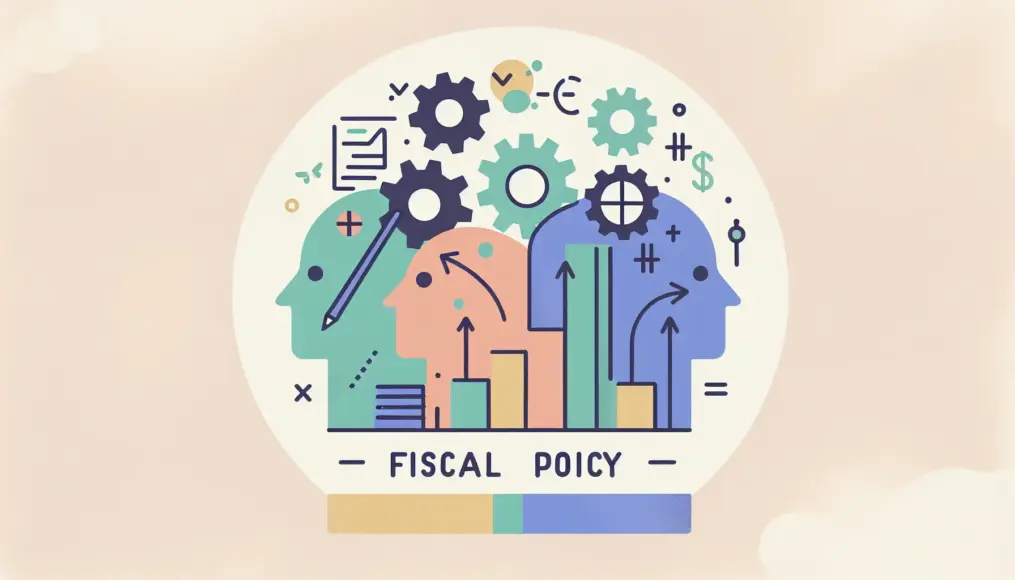The non-bound list proportional representation system is one of the most fascinating aspects of Japan’s electoral framework. Not only does this system expand the choices available to voters, but it also plays a crucial role in bridging the gap between politicians and the electorate. To grasp the future of Japanese politics, it’s essential to understand this unique electoral mechanism.
In this article, we will delve into the fundamental definition of this system, compare it with other electoral methods, explore its historical background, and discuss its significance in contemporary Japan. By examining the evolution of electoral systems, we hope to inspire each of us to consider how we can engage in the political landscape.
- Deepen your understanding of the non-bound list proportional representation system
- Reflect on its historical background and the circumstances of its introduction
- Explore the significance of this system in today’s Japan
- What is Non-Restrictive List Proportional Representation?
- Historical Background and Its Evolution
- The Significance of the Non-Binding List Proportional Representation System in Japan Today
- Learning from Experience: The Advantages and Challenges of the Non-Binding Open List Proportional Representation System
- Conclusion
What is Non-Restrictive List Proportional Representation?
Non-restrictive list proportional representation is a groundbreaking electoral system that significantly alters how candidates are selected. This system aims to provide voters with greater freedom when choosing candidates, ultimately leading to more transparency in political activities. In this article, we’ll explore the fundamental definition of this system and examine how it differs from other electoral methods, deepening our understanding of non-restrictive list proportional representation.
Basic Definition
Non-restrictive list proportional representation allows voters to select candidates from a party’s list. Unlike traditional proportional representation systems, where candidates are ranked in a fixed order, this system grants voters the freedom to choose their preferred candidates. This setup makes it easier for voters’ opinions to be reflected in election outcomes, promoting diversity in the results.
Voters can select their favorite candidates based on individual appeal and policies from the list provided by the party, which means that not only party policies are considered, but also the candidates’ abilities and personalities come into play.
- Non-restrictive list proportional representation enables voters to choose candidates freely.
- With no fixed candidate rankings, a variety of opinions are represented.
- The focus is on both party policies and the appeal of individual candidates.
Differences from Other Electoral Systems
When compared to other electoral systems, non-restrictive list proportional representation stands out for its high degree of freedom. In contrast, traditional restrictive list proportional representation requires candidates to be elected based on the rankings set by parties, compelling voters to align with the party’s preferences. However, in a non-restrictive list system, there are no such constraints, allowing voters to express their choices more strongly.
The election outcomes also differ. In restrictive list systems, the party’s preferences heavily influence the results, which can make it challenging for certain candidates to be elected. Conversely, in non-restrictive list systems, since voters choose the candidates themselves, there is a greater opportunity for a wider range of candidates to win. Thus, non-restrictive list proportional representation possesses unique characteristics within electoral systems.

If you found this article interesting, you might also enjoy reading “An In-Depth Look at the Basics of Non-Restrictive List Proportional Representation and Its Impact on Elections.” This piece provides detailed insights into the fundamental concepts of non-restrictive list proportional representation, its historical background, and its effects on actual elections. Be sure to check it out to deepen your understanding of electoral systems!
- Non-restrictive lists offer high freedom, allowing voters’ will to be more easily reflected.
- Compared to restrictive lists, there’s a greater diversity in candidates’ chances of winning.
- Individual candidates are emphasized over party preferences.
Historical Background and Its Evolution
The journey toward the introduction of the non-restrictive proportional representation system in Japan is marked by a rich historical context. Over the years, Japan’s electoral system has undergone continuous changes, with this particular system being viewed as a significant attempt to enhance political transparency and democracy. In this article, we will explore how the non-restrictive proportional representation system came to be, the challenges it has faced, and the measures taken to address these issues.
Path to Introduction
The implementation of the non-restrictive proportional representation system dates back to the 1990s. At that time, Japanese politics was grappling with various challenges, and there was a pressing demand for electoral reform. The traditional electoral system often left voters with a limited selection of candidates, creating a sense of distance between politicians and the electorate.
To address this, the non-restrictive proportional representation system was proposed as a way to offer more choices and better reflect the voices of voters. This system aims to allow voters the freedom to select candidates and incorporate diverse opinions into the political landscape.
- The non-restrictive proportional representation system was introduced in the 1990s.
- The traditional system offered limited choices.
- It was created as an effort to better reflect voters’ voices.
Past Challenges and Improvement Measures
However, the non-restrictive proportional representation system has also faced several challenges. For instance, the sheer number of candidates can overwhelm voters, making it difficult for them to decide who to vote for, and sometimes leading to overly heated election campaigns. Consequently, this has made it harder for voters to make informed decisions.
In response, electoral authorities have strengthened their efforts in providing candidate information and raising public awareness, helping voters make informed choices. Education about the electoral process has also been emphasized, with outreach activities being conducted in schools and local communities. Through these improvement measures, there is hope that the operation of the non-restrictive proportional representation system will become smoother and more effective.
- There was a challenge where the excessive number of candidates made choices difficult.
- Electoral authorities have enhanced information provision and awareness campaigns.
- Efforts are underway to deepen voters’ understanding through education.
The Significance of the Non-Binding List Proportional Representation System in Japan Today
The non-binding list proportional representation system plays a crucial role in the current political landscape of Japan. This system allows voters to choose candidates more freely, enabling them to better reflect their opinions in the political arena. In this article, we will delve into the impact of this system on elections and the roles that voters are expected to play.
Impact on Elections
The non-binding list proportional representation system brings diversity to election outcomes, making it easier for various opinions to be represented in politics. Since voters can freely select candidates, they are not limited to specific parties, which provides a broader range of choices. As a result, election campaigns become more dynamic, with many candidates having more opportunities to promote their policies.
Moreover, candidates are encouraged to engage directly with voters, fostering more localized activities. This closeness helps bridge the gap between politicians and constituents, leading to a renewed recognition of the importance of elections. In this way, the non-binding list proportional representation system significantly enhances the quality of elections.
- The non-binding list system facilitates the representation of diverse opinions in politics.
- Voters have the freedom to choose their candidates.
- Candidates are encouraged to engage in community-focused activities.
The Role of Voters
Under this system, voters bear a greater responsibility. To ensure that their chosen candidates win, they need to not only vote but also gain a solid understanding of the candidates’ policies and activities. Additionally, by becoming more aware of local and societal issues and having more opportunities to express their opinions, voters can enhance their political participation.
Furthermore, when voters actively gather information and engage in discussions, it leads to greater transparency in politics. This, in turn, encourages politicians to listen to the voices of their constituents, promoting efforts toward better policy-making. Thus, the non-binding list proportional representation system serves as an essential tool for voters to drive political change with their own influence.
- Voters have a responsibility to deepen their understanding of candidates.
- Political participation awareness increases.
- It contributes to enhancing political transparency.
Learning from Experience: The Advantages and Challenges of the Non-Binding Open List Proportional Representation System
The non-binding open list proportional representation system has revealed numerous advantages through its practical implementation, while also exposing several challenges. In this article, we aim to explore the strengths of this system through specific success stories, as well as reflect on the issues encountered to identify areas for further improvement.
Success Stories
In a recent local election, the implementation of the non-binding open list proportional representation system led to a significant increase in voter turnout. Notably, participation among younger voters surged, reflecting a heightened interest in politics. This system has encouraged a diversity of candidates, allowing more individuals to choose representatives who align with their views, which in turn contributed to the higher voter turnout.
Moreover, the system has facilitated a greater reflection of local voices in policy-making, resulting in policies that are more closely aligned with community needs. For instance, candidates have begun to address even small local issues, making it easier for residents to see their desired policies come to fruition. Such success stories underscore the value of the non-binding open list proportional representation system.
- Documented instances of increased voter turnout
- A rise in political participation among the younger generation
- Policies that reflect local voices have been successfully implemented
Challenges Faced
On the flip side, there are challenges associated with the non-binding open list proportional representation system. One prominent issue is that the increase in the number of candidates can make it difficult for voters to sort through the information. While the election campaigns become more vibrant, the overwhelming amount of candidate information can leave voters unsure about how to make their selections.
Additionally, heightened competition among candidates can sometimes lead to an escalation of the election campaign, where negative campaigning overshadows policy discussions. This could potentially undermine public trust in politics, making it essential for election authorities and political parties to provide reliable information and engage in educational outreach.
- Difficulty in sorting through information due to an excessive number of candidates
- The potential for negative campaigning to overshadow policy discussions
- The importance of information dissemination to maintain trust in politics
Conclusion
The non-restrictive proportional representation system plays a significant role in Japan’s electoral process. This system allows voters to have greater freedom in choosing candidates, which is expected to enhance their engagement in politics. By making it easier for policies that reflect local voices to be realized, elections become more democratic.
However, there are challenges in its actual implementation, such as the large number of candidates and the heated nature of election campaigns. Addressing these issues requires effective information dissemination and awareness-raising activities. It’s crucial for each voter to understand their role and actively participate. We hope that this system continues to contribute to building better governance in the future.
- The non-restrictive proportional representation system expands voter choices
- It facilitates the realization of policies that reflect local voices
- Measures are needed to address challenges in the electoral system’s implementation
Are you interested in gaining a deeper understanding of this system and getting involved in politics? We’d love to hear your thoughts and feedback in the comments!



Comment